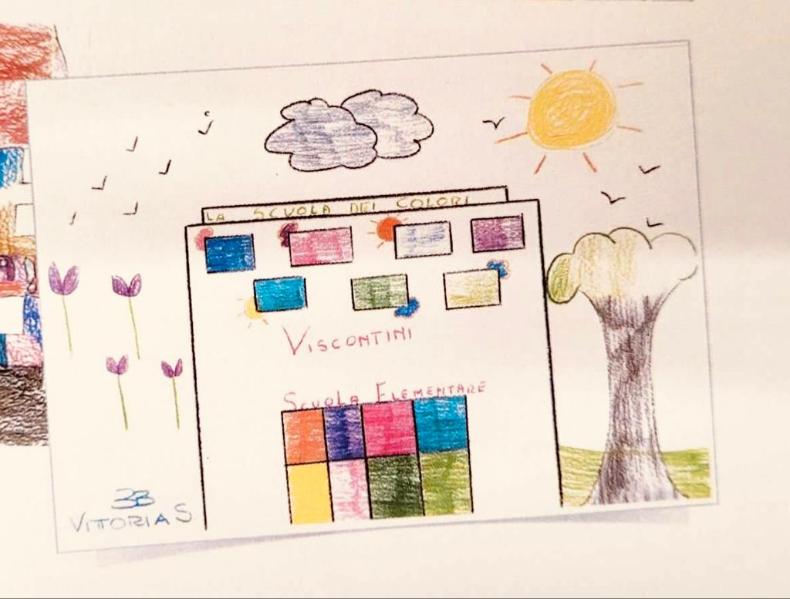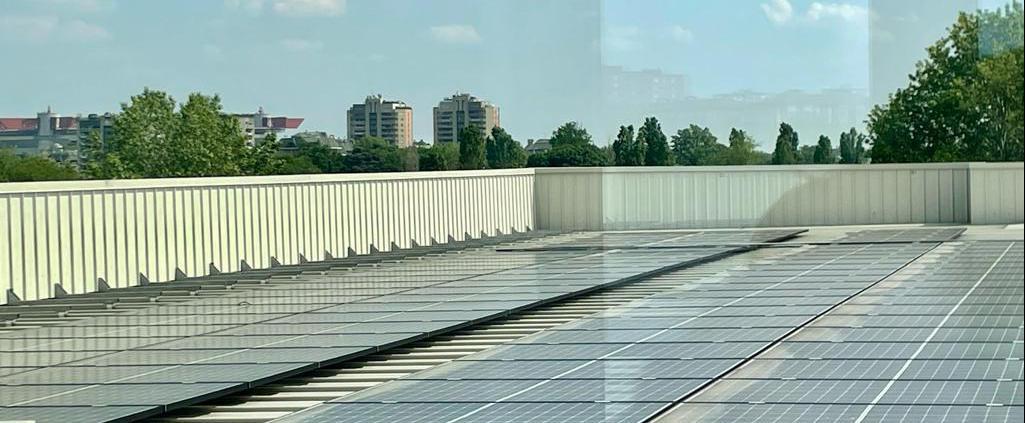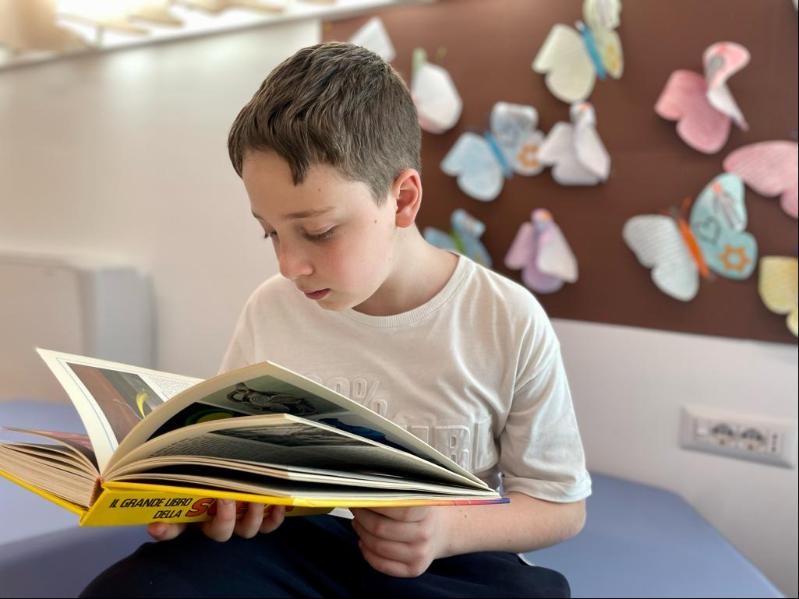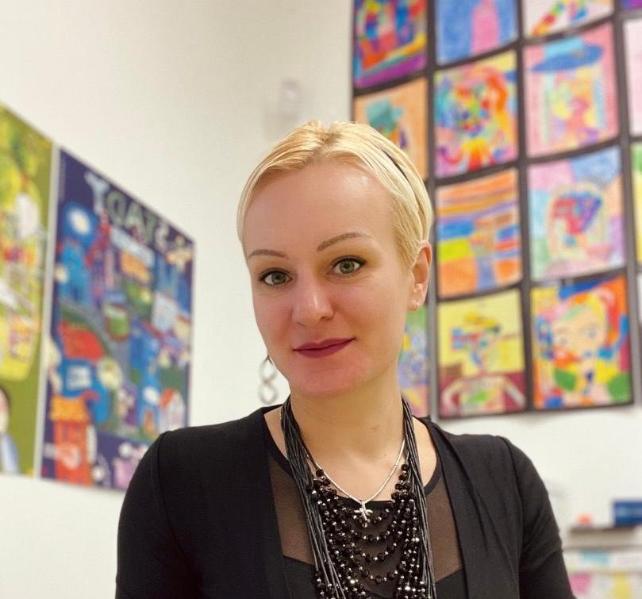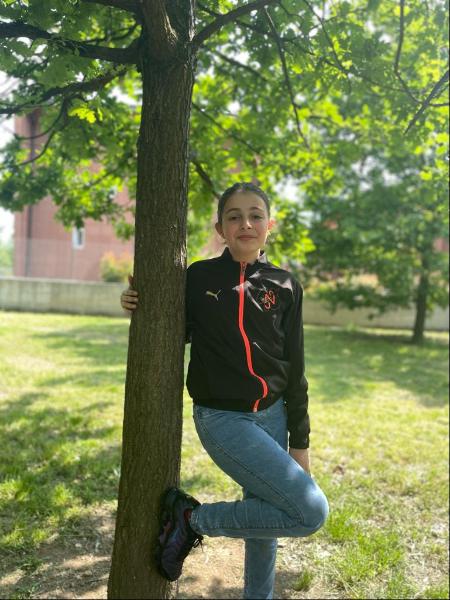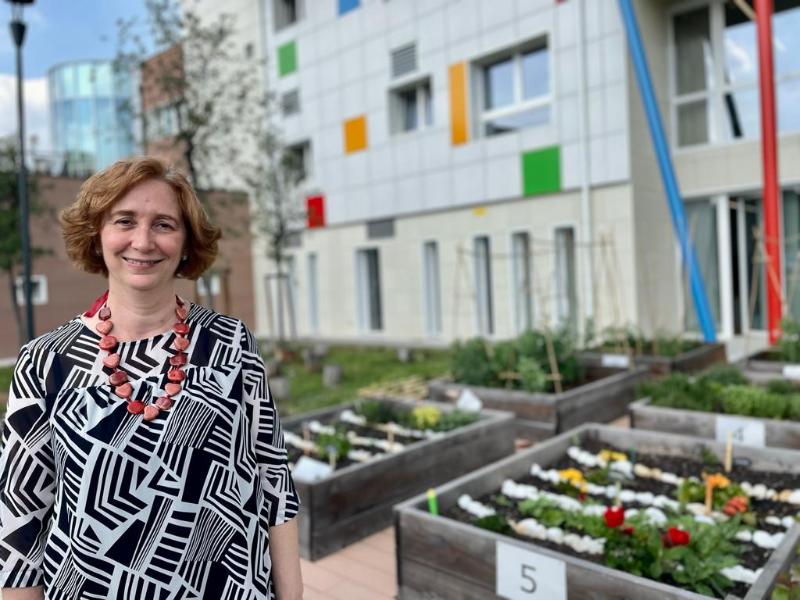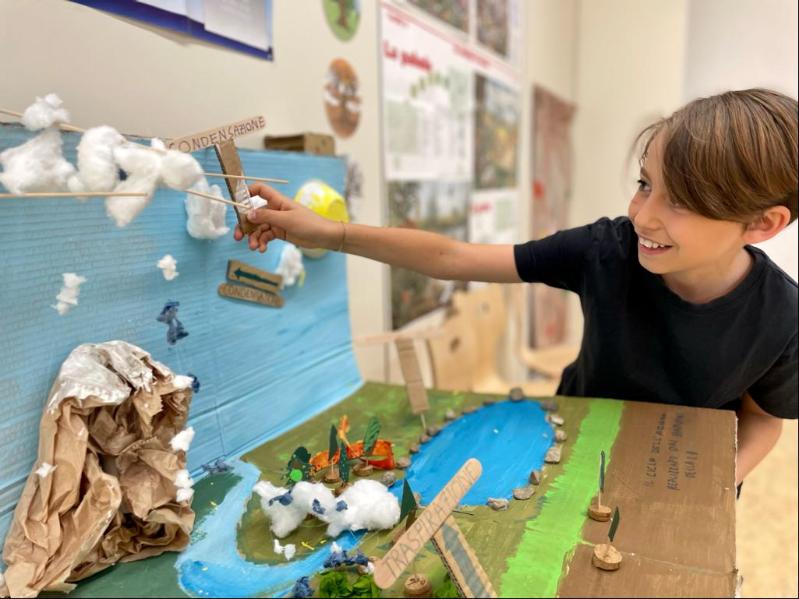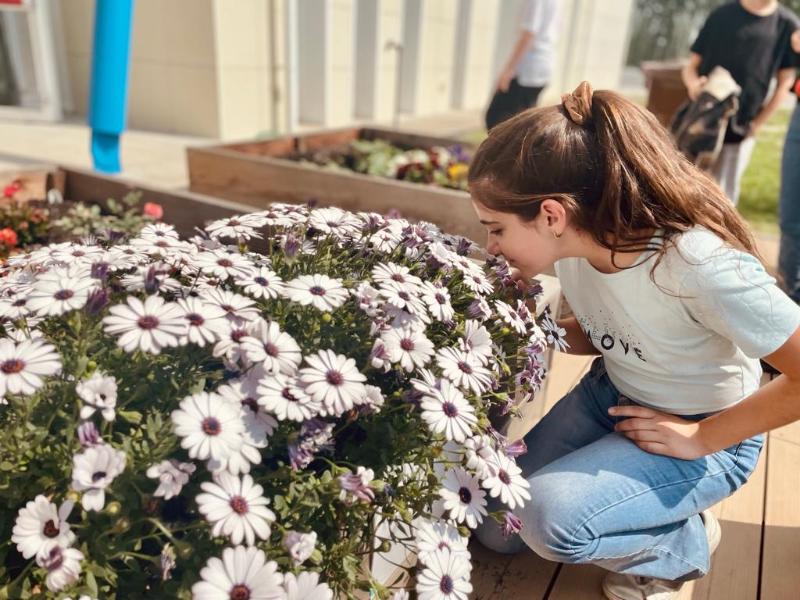Duthilleul explains that it’s crucial to identify – along with the school’s design, construction and moving in process – all the tools and skills that teachers and students need to take full advantage of the new spaces. “Design alone doesn’t affect learning, but good teaching does,” says Duthilleul, “Teachers play a key role to get students prepared for life after school.” In short, the school’s design needs to be tailored to the way teachers and students will use it.
Duthilleul and Guallar have been working with the Milan municipality and the National Institute for Documentation, Innovation and Educational Research (INDIRE) to test the feasibility of the Constructing Education framework in Italy. Schools participating in the pilot will complete a set of surveys before and after moving-in into the new building.
The surveys will collect information on the difficulties teachers and administrators face when adjusting to the new building, how these issues can be avoided in the future, and the overall experience of teaching and learning in the new space.
“It is a conceptual effort that forces us to revise some of our practices,” says Cristiano Scevola, public policy officer in the Milan municipality’s Education Department. “We are monitoring how the school communities behave in appropriating the new spaces, the difficulties they have and the transformative ideas that come out of this process.”
Representatives of the Italian pilot project’s representatives, together with their Finnish colleagues, Guallar, Duthilleul and city officials, shared the main takeaways at the conference “Implementing the Constructing Education Framework" in Järvenpää, Finland, on 15 and 16 November 2023.
